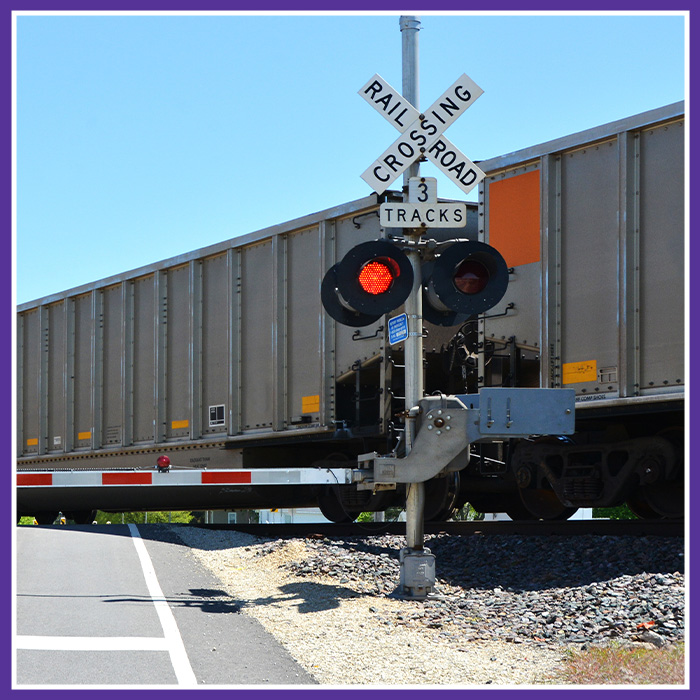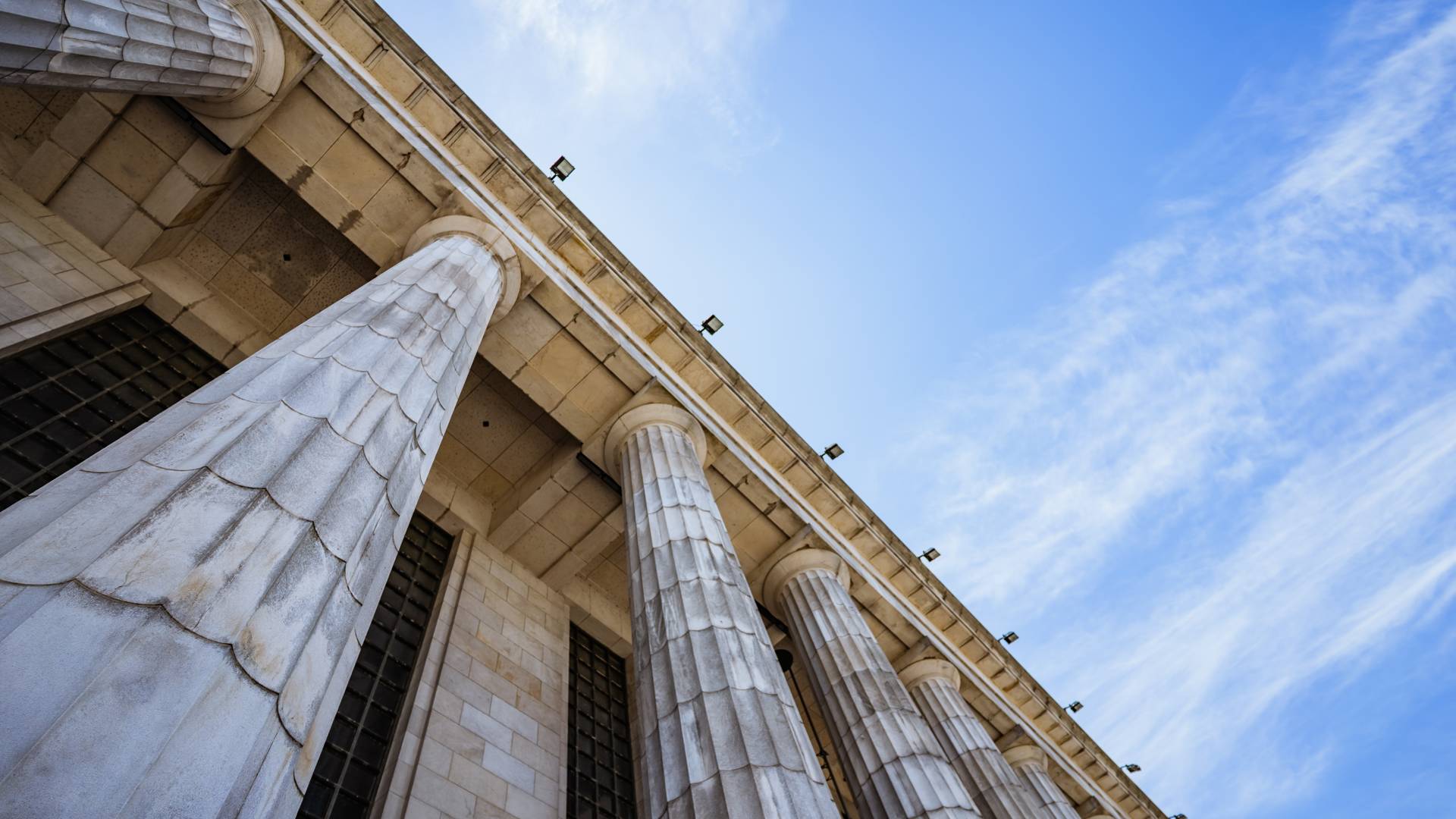
South Carolina Train Accident Attorney
When many people think about train accidents, they imagine catastrophic collisions between two trains or a train leaving the tracks completely. While these types of accidents do occur and can have fatal consequences, they are by no means the only type of commonly occurring train accident. For instance, train accidents at railroad crossings occur at an alarming rate and can involve both pedestrians and motorists.
Regardless of the type of collision in which a person is involved, train accidents almost always have catastrophic repercussions, making it especially important for those who are involved in these types of accidents to speak with an experienced South Carolina train accident attorney.


-
“Integrity”
“In addition to his substantive contributions to railroad grade crossing safety, I have personally observed his untiring efforts and contributions to improving the integrity of the legal system.”- Elizabeth Hardy -
“Beyond Belief”
“His knowledge of the rail industry and his willingness to share his knowledge with other people who do railroad work is beyond belief to me.”- Mike Bee -
“Given Hope”
“Through his efforts, he has single-handedly given hope to victims who are injured or killed as a result of dangerous railroad crossings”- Donald Vasos -
“Impressed”
“Nathan is a warrior fighting the railroads.”- Jonathon (Jon) C. Clark -
“Excellent Results”
“Nathan Karlin has my strongest endorsement in the field of railroad crossing cases and personal injury law.”- Joseph M. Miller -
“Would Recommend Without Hesitation”
“In each case, Nathan always possessed an incredible knowledge of the law and the facts, possessed a great talent for aggressive – strategic legal planning and trial tactics while, at the same time, displaying great skill as an effective negotiator.”- Scott McCluen -
“First Call is Nathan's Firm”
“Nathan’s knowledge and experience in handling and trying cases against these litigation savvy railroad companies gives me the confidence to know that the clients and cases I refer to him are getting the best of the best.”- James Perrin -
“Hard-Working”
“The staff is helpful, professional, and responsive.”- Tracy D.

Railroad Crossing Accidents
Business owners who invite customers into their stores are required to ensure that their properties are kept free of hazards. Railroad companies owe a similar duty of care to pedestrians and motorists at railroad crossings. However, this is only true when it comes to designated crossing areas, as pedestrians or motorists who use other parts of the track without permission are considered trespassers and are owed a far lower duty of care. Because railroad companies owe others a duty of care at railroad crossings, they can be held liable for injuries sustained as a result of their failure to fulfill that duty.
As part of their duty to provide a safe crossing point for motorists and pedestrians, railroad companies must take the following steps:
-
Purpose-Driven Representation
We handle each case with the belief that the legal system should be a tool for positive change. Our work often leads to broader safety improvements, not just individual outcomes.
-
Focused on Serious Injury Cases
Our practice centers on railroad crossing accidents and other catastrophic injuries. These complex cases demand deep experience and a commitment to long-term impact.
-
Personalized, Accessible Legal Support
We maintain a welcoming environment where clients are heard, supported, and informed. Our team approach ensures you’re never left wondering where your case stands.
-
Free Consultations, Contingency-Based FeesWe offer free consultations and only get paid if we recover compensation for you. It’s one way we make justice more accessible for those who need it most.

Derailments
Besides railroad crossing collisions, derailments are perhaps the most common type of train accident and also cause the most widespread damage. Unlike collisions, derailments only involve a single train and occur when part or all of a train leaves the tracks. However, unlike other types of train accidents, derailments are almost always the result of a failure to abide by established safety standards, or:
- Defectively built or negligently maintained tracks;
- Faulty equipment;
- The presence of obstacles on the tracks; and
- Excessively heavy cargo loads.
Problems with the railroad tracks themselves play a significant role in many derailments. Rail breaks in particular can have devastating consequences, as can the following types of problems:
- Fractures or fissures in the railheads;
- Cracks in the base of the rails;
- Bolt hole cracks;
- Flattened or burned rails; and
- Flaking or chipped steel.
These problems are often the result of regular wear and tear, extreme changes in temperature, and the use of improper materials during assembly, but can usually be addressed before they cause an accident if proper maintenance and repair is undertaken. In fact, conducting regular inspections of railroad tracks is mandated by federal law, which requires railroad companies to inspect all crossings, turnouts, switches, and moveable bridge lift rails at least once every 30 days. The inspection process also includes a requirement to evaluate and control the growth of vegetation along the tracks themselves, as allowing shrubbery and trees to grow unchecked could obscure the vision of motorists and pedestrians waiting at crossings, as well as engineers approaching turns. Engineer error can also contribute to derailments if they used excessive speed, or did not handle the train correctly when traveling around tight curves. Loading too much cargo on a train can also cause a derailment if it shifts during transit.


.2506250842194.png)
.2506261042099.png)


.2506250835483.png)
